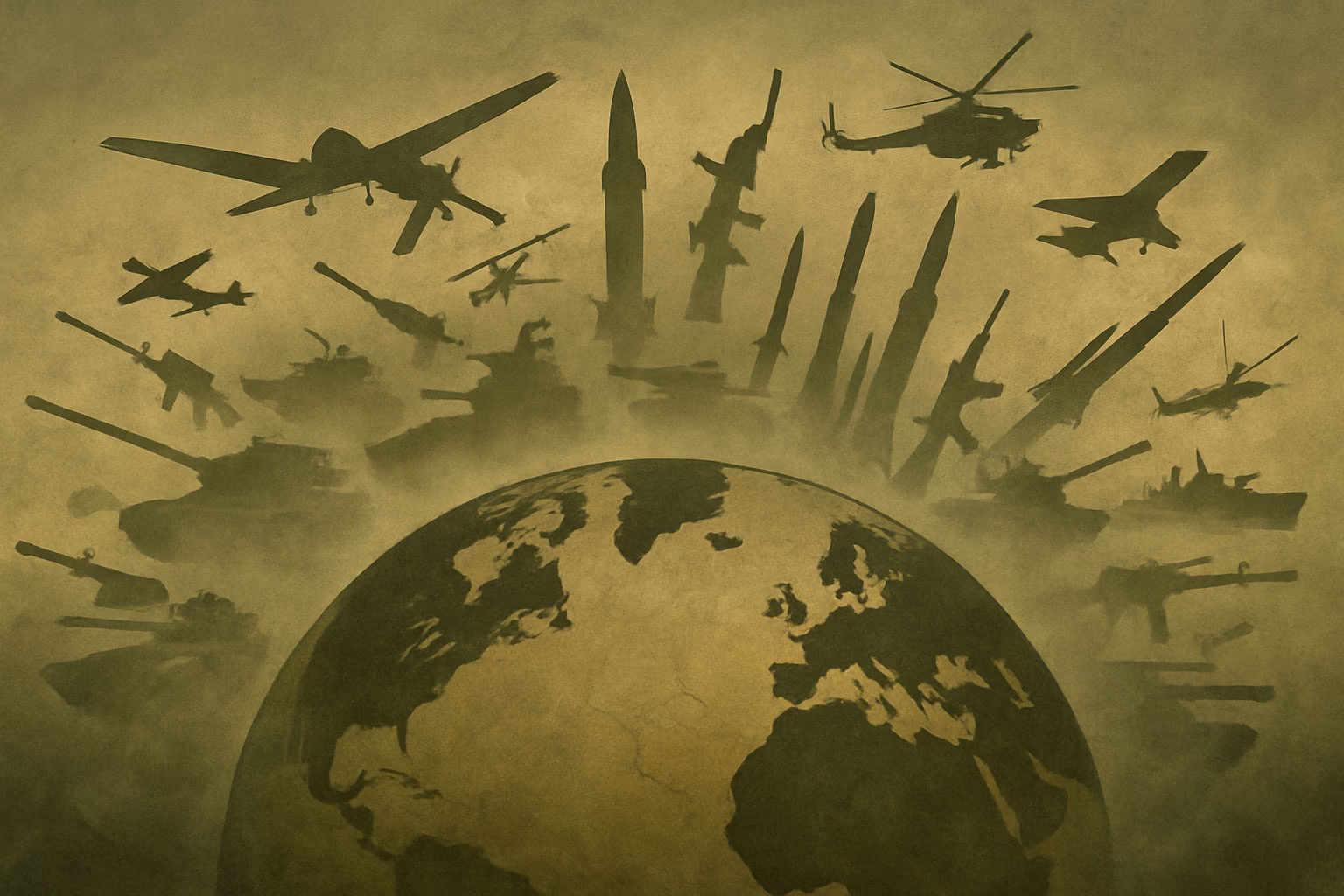The Uppsala Conflict Data Program (UCDP) at Sweden’s Uppsala University—one of the world’s leading research centers on armed violence—has published its latest annual report in the Journal of Peace Research. Compiled by analysts Shawn Davies, Martin Möller, and Michael Wennergren, the study offers a detailed account of the scale of violence in 2024. The authors document an alarming rise in the number of conflicts, widespread destruction, and mounting civilian casualties. According to their findings, last year marked a record high in the number of wars since the end of World War II—and ranks among the four deadliest years in recent history.
Below are the report’s key findings.
In 2024, the world witnessed 61 inter-state confrontations, including 11 full-scale wars—each resulting in at least one thousand combat-related deaths. These 11 conflicts alone accounted for a minimum of 11,000 battlefield fatalities over the course of the year. The data comes from a study by Swedish researchers at the Uppsala Conflict Data Program (UCDP), published on 11 June in the Journal of Peace Research.
Among the most destructive wars, the researchers identified Russia’s armed invasion of Ukraine, the ongoing Israeli–Palestinian conflict, Israeli strikes on Hezbollah positions in southern Lebanon, the fight against Islamic State militants in Nigeria, and intense clashes in Ethiopia’s Tigray region. Other conflicts categorized as full-scale wars included those in Burkina Faso, Myanmar, Pakistan, Somalia, Sudan, and Syria.
Last year set a post–World War II record for the number of armed conflicts worldwide. The trend has been steadily worsening: 56 conflicts were recorded in 2022, 59 in 2023, and—according to researchers—61 in 2024, the highest tally since the war’s end.
The total number of people killed in organized violence in 2024 is estimated at around 160,000. Of these, at least 13 900 were civilians who died as a result of deliberate attacks. This figure represents a 31% increase compared to the previous year. The highest civilian toll—approximately 3 800—was attributed to Islamic State militants, primarily in the Democratic Republic of the Congo.
The report makes specific mention of the situation in Gaza: available data indicates that only 2% of those killed there can be confidently identified as members of armed groups, while 48% were civilians. The remaining fatalities could not be conclusively classified. Analysts at UCDP emphasize that high civilian death rates are most common in conflicts where the line between combatants and the general population is blurred—or where indiscriminate firepower is used.
"We are seeing more wars and armed conflicts than in previous years, even though the overall death toll is slightly lower than in the exceptionally deadly year of 2022. Still, 2024 ranks as the fourth most violent year since the 1994 genocide in Rwanda," noted one of the report’s authors, Shawn Davies, senior analyst at the Uppsala Conflict Data Program.
The authors of the report also draw attention to the rising number of inter-state confrontations—that is, conflicts in which one or both parties are state actors. In 2024, their frequency reached the highest level since 1987. The researchers stress that this trend reflects not only a broader militarization of international politics but also an increasing number of cases where states engage in direct warfare with one another, rather than acting through proxy groups or insurgents.
The UCDP study is regarded as one of the most authoritative sources in the field of global conflict analysis. The program has tracked armed violence since 1946, using a strict definition of war—at least 1 000 combat deaths per year—and classifying all recorded forms of violence, from state repression to terrorism and civil wars.
